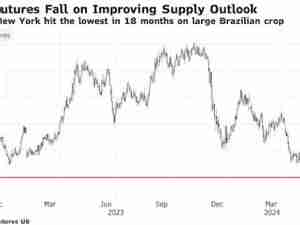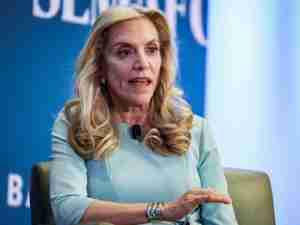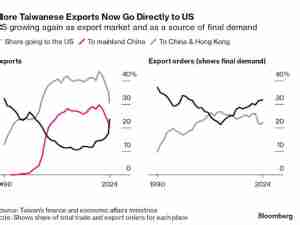Chinese leaders who gathered in Beijing this week to chart a course for economic policy next year are used to doing so with precision, right down to the percentage point.
At the confab — a byproduct of Communist central planning — President Xi Jinping’s government is setting targets for everything from GDP to inflation. This year, the trade war with the U.S. has thrown a spanner in their well-oiled machine.
With a deadline for higher U.S. tariffs on Chinese goods just a few days away, the Communist Party apparatchiks are just as much in the dark about how the trade war will pan out as everyone else. But the wait for clarity might soon be over. There’s expected to be a closed-door meeting today at the White House to discuss how President Donald Trump, still apparently undecided, will proceed before more tariffs take effect Sunday.
Here are the main scenarios:
- Postponement of the Dec. 15 tariffs: Financial markets everywhere seem to be anticipating this one. Almost nine weeks after Trump announced a deal on phase one, subject to putting it on paper, it turns out the writing part takes time. The U.S. trade team in recent days has been preoccupied trying to get congressional approval for its updated Nafta. While a delay would extend the uncertainty drag on markets and the economy, it allows China and the U.S. to keep talking without inflicting more pain on each other. A new deadline might become a signing ceremony at the World Economic Forum in Davos in late-January.
- The mini deal Trump advertised: Billed as phase one of a broader agreement and also one investors are hoping for, such a development may involve Beijing pledging to buy American agriculture products, both sides calling a ceasefire on future tariffs and a reduction in existing levies, and perhaps some vague promises to pursue stable currencies and protect intellectual property rights. China might like this route because it satisfies Trump’s wish for a big number to tout in tariff-weary farm country but would leave the tougher, structural reforms to later rounds of talks.
- No deal, new tariffs take effect Sunday. This would be the preferred option of hawkish Trump advisers like Peter Navarro. With a near-record stock market, a hot job market and a Federal Reserve packing monetary ammo if the economy heads south, the case against escalation weakens. Navarro’s arguments might resonate with a president who applies leverage when it’s available, and China’s economy is indeed showing signs of real stress. There’s also a case to be made that the political benefits of a tough-on-China stance heading into the 2020 election year just might outweigh the additional economic costs.






